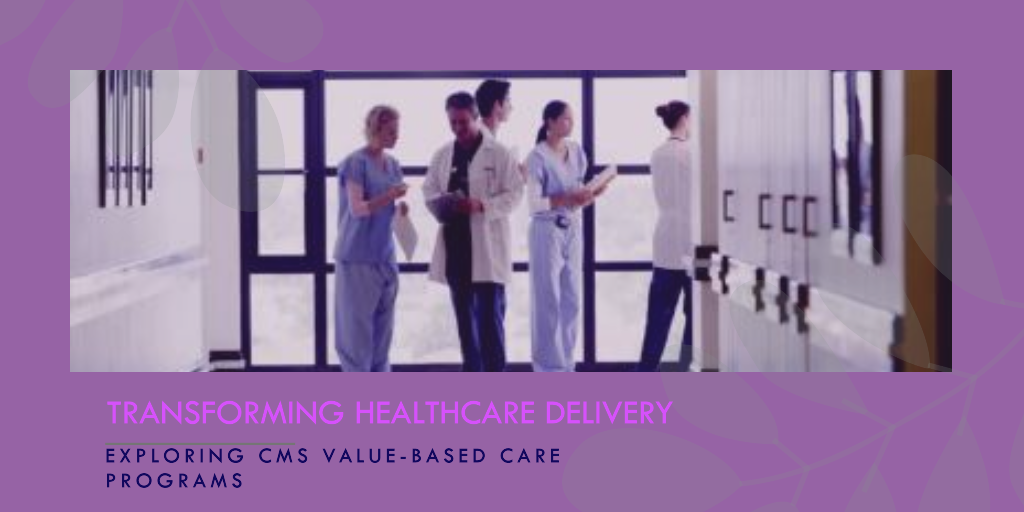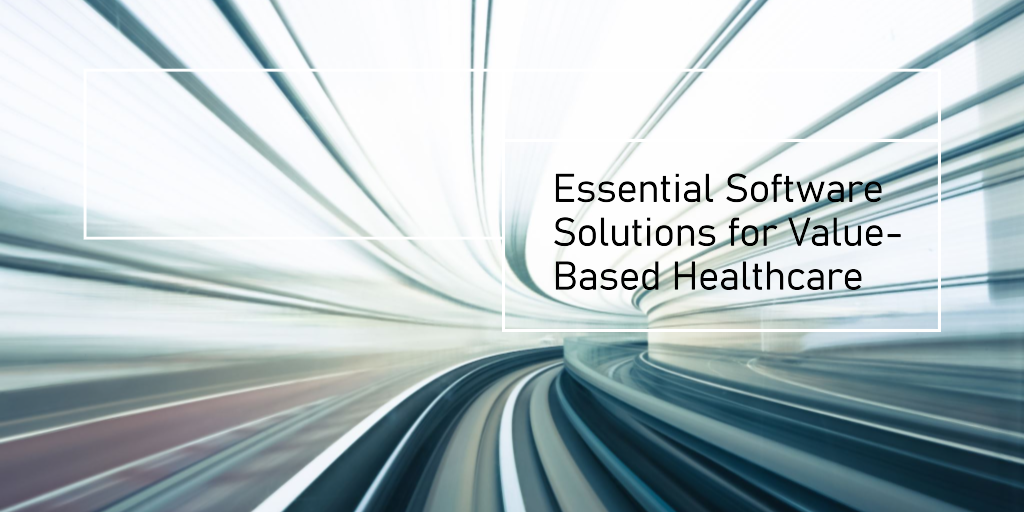SMS Technology in Mobile Health (mHealth) Space
Communication in the Healthcare industry has changed rapidly in the past few years with organizations using smartphones and tablets. However, along with these new technologies come new challenges for management. In healthcare, the usage of different types of communication devices change based on their roles played by staff members respectively. Organizations are enabled to support these varied requirements of different staff members by incorporating smartphones alongside other types of devices.
In today’s healthcare market smartphones are coming out in a big way in replacing pagers which is certainly a weighty consideration. Critical data and Lives are at stake. The smartphone technology needs to ensure speedy and close to real time delivery of the message every single time and no exceptions.
The following are the possible objectives of how an SMS technology helps the Mobile Health (mhealth) Space.
- Ability to send Event CommunicationSMS can be used to send to a defined group of resource on the occurrence of defined events such as …
- Critical eventAny event in connection with which a hospital finds itself unable to deliver care in the customary fashion or to an ac¬cepted standard, event resulting in a mismatch of supply (capacity, resources, infrastructure) and demand (patients), and requiring the hospital to activate contingency measures to meet demand.
- DisasterAny event or series of events causing a serious disruption of a community’s infrastructure – often associated with widespread human, material, economic, or environmental loss and impact, the extent of which exceeds the ability of the affected community to mitigate using existing resources
- EmergencyA sudden and usually unforeseen event that calls for immediate measures to mitigate impact.
- Bomb threat
- Child abduction/missing person
- Combative person/assault
- Evacuation
- Fire
- Internal disaster
- Lockdown/limited access
- Mass casualty incident
- Severe weather
- Theft/armed robbery
- Total divert
- Ability to send Transaction CommunicationSMS can be used to send to a defined group of resource on the occurrence of defined transaction such as…
- Ability to send Greetings / RemindersSMS can be used to send to a defined group of resource on the occurrence of defined greetings / reminders such as…
- Patient support alerts
- Medication reminders
- Appointment reminders
- Logistics efficiency
- Process automation
- Payment due
- Renewal
- Claim process updates
- Best wishes (on special occasions)
- Product updates / Campaigns
- Service level update
The healthcare organization needs to consider and evaluate the following points before choosing the right technology path.
- The exponentially usage of smartphone in hospitals and this trend is not going away.
- Usage of smartphone in the form of SMS (text) may not suitable for mission-critical communications.
- It is essential for the messaging system to provide an integrated and end to end workflow.
- With the heterogeneous nature of smartphones – support for multiple brands is a must.
- Extensive Audit trail is a must in Smartphone applications.
- It’s critical to have Timely escalations and Redundancy measures put in place.
Conclusion
Communication has changed today with the intrusion of smartphones. Smartphones are the device of choice for many physicians, nurses, and administrators in the hospital world today. Effective use of smartphones should simplify messaging not only for staff members, but also for the IT teams who support them.
Pagers and many other communication devices will likely always have a role in healthcare communications. But today the critical piece is the ability to send a message to any device without really worrying what that device is, whether it’s a pagers, smartphone, Wi-Fi phone or something else. Only the message, speed of delivery and delivery feedback matters.





